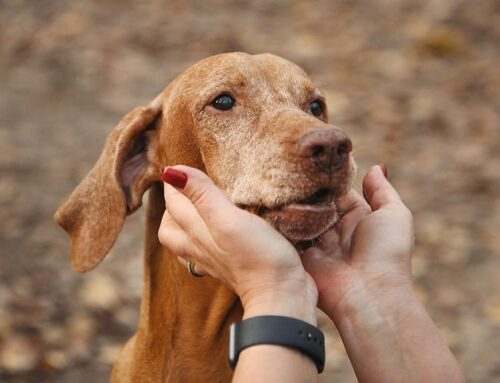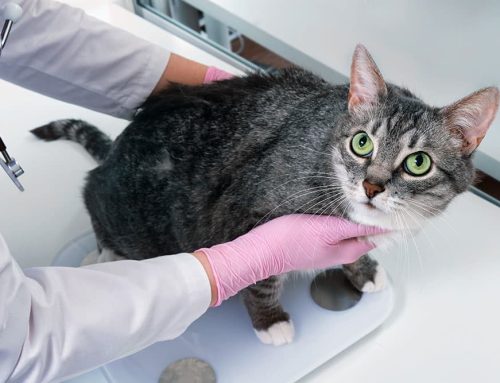You likely focus on your four-legged friends’ exercise, activities, grooming, and diet, but you also need to consider their dental health. Pets face many of the same oral problems as people, and dental neglect can lead to periodontal disease, a painful condition. February is National Pet Dental Health Month, a great time to look at your pet’s oral hygiene routine. However, your pet’s dental care is important any time of year! To help you understand the importance of your pet’s tooth and gum health, our Mobile Cat & Dog Vet team provides dental disease facts and tips on how to care for your furry pal’s oral health.
The significance of dental health in pets
According to the American Veterinary Medical Association (AVMA), 80% of dogs and 60% of cats are diagnosed with periodontitis during their lifetime. Dental disease is an infection of the teeth’s soft tissues and structures, which if left untreated, can spread below the gumline. This condition is painful and can cause tooth loss and systemic heart, liver, or kidney disease. In addition, untreated periodontitis can reduce a pet’s life span by an estimated two to three years.
By taking preventive steps to keep your cat’s or dog’s teeth and gums healthy, you help promote their overall well-being. An effective oral health routine, including toothbrushing and professional veterinary dental checkups, can help prevent or slow a dental condition’s progression.
Signs of periodontitis in pets
Pets are adept at covering their proverbial tracks when they feel pain and discomfort. Their wild ancestors masked vulnerabilities to help prevent their predators from taking advantage of a weakness. This instinct remains, particularly in cats. Contact your primary care veterinarian if your pet exhibits any of the following dental disease signs:
- Halitosis (i.e., bad breath)
- Difficulty eating
- Favoring one side of the mouth when chewing
- Red, inflamed gums
- Thin, red line above the gumline
- Drooling
- Rubbing or pawing their mouth
- Behavior changes
- Loose, fractured, or missing teeth
Happy tails: Pet dental care

Despite pet dental disease frequency, your cat or dog has a lot to smile about when you ensure they receive regular preventive care. Dental diseases are preventable or can be reversed when your pet receives treatment before the condition becomes severe. The ideal way to care for your pet’s pearly whites is to start a regular dental care routine at a young age, but older pets can also benefit from these recommendations:
- Feed your pet a nutritious diet — You are what you eat, and this saying also applies to your cat or dog. By providing your pet with adequate nutrition and avoiding people’s food that often includes sugar and is overprocessed, you help keep them on the path to optimal health.
- Brush your pet’s teeth — Your pet requires routine toothbrushing, daily or every other day, to rid their teeth and gums of plaque and bacteria that food leaves behind. Brush their teeth with a cat or dog toothbrush and a pet-safe toothpaste, many of which come in flavors that will appeal to your fur pal. If you need assistance, contact us for a demonstration. If your pet is resistant to toothbrushing, use dental wipes, but keep in mind that these products are not as effective as regular toothbrushing.
- Feed your pet dental chews and treats — Some products, such as dental treats and dental chew toys, help prevent plaque from forming on pets’ teeth. Effective products have the Veterinary Oral Health Council (VOHC) seal on the package. VOHC-approved dental products have been proven effective at helping prevent plaque buildup on pets’ teeth.
- Schedule routine veterinary exams — Your pet’s dental health is an important part of their overall well-being. Your primary care veterinarian assesses your cat’s or dog’s oral health as part of your pet’s routine wellness exams. A professional dental cleaning includes tooth scaling and polishing. Most cats and dogs need professional dental cleanings each year. Veterinarians administer anesthesia to pets before performing dental cleanings. This protocol keeps your pet calm, pain-free, and safe during dental procedures.
A healthy smile is the basis for your pet’s health and well-being. Follow our dental care tips to prevent your cat or dog from developing periodontal disease. If your pet exhibits dental disease signs, contact your primary care veterinarian. If you have questions or concerns about your pet’s end-of-life care, contact our Mobile Cat & Dog Vet team.








Leave A Comment